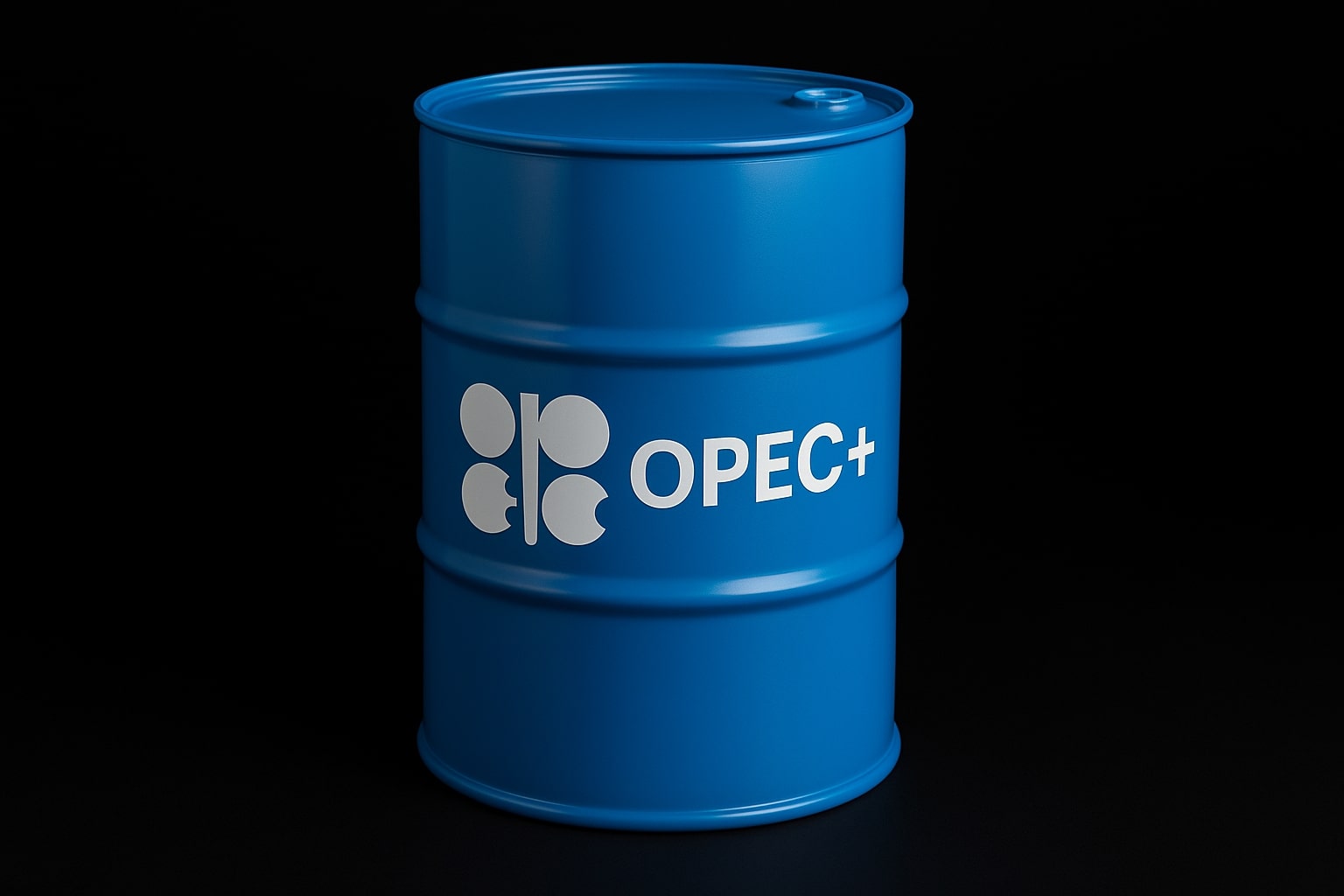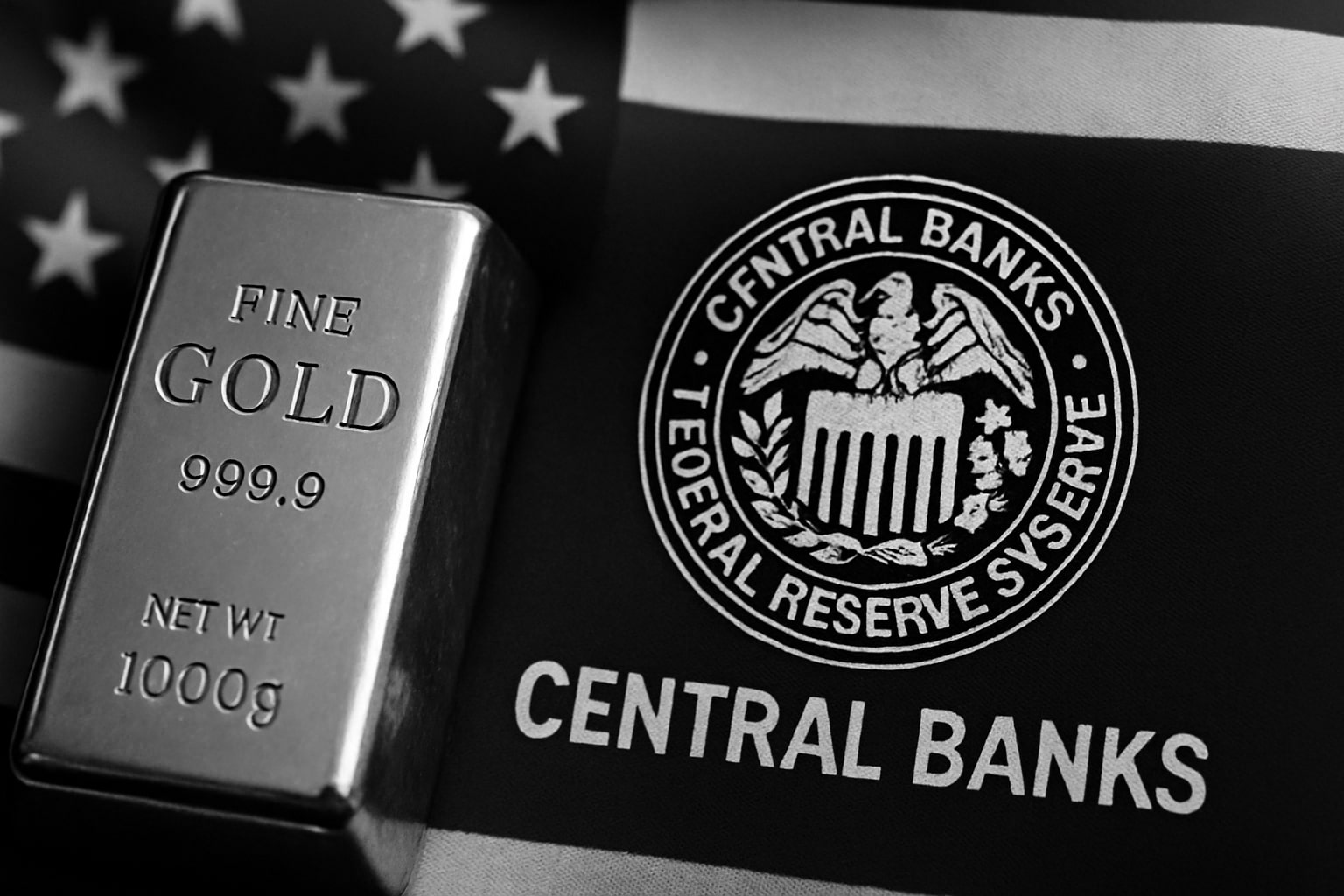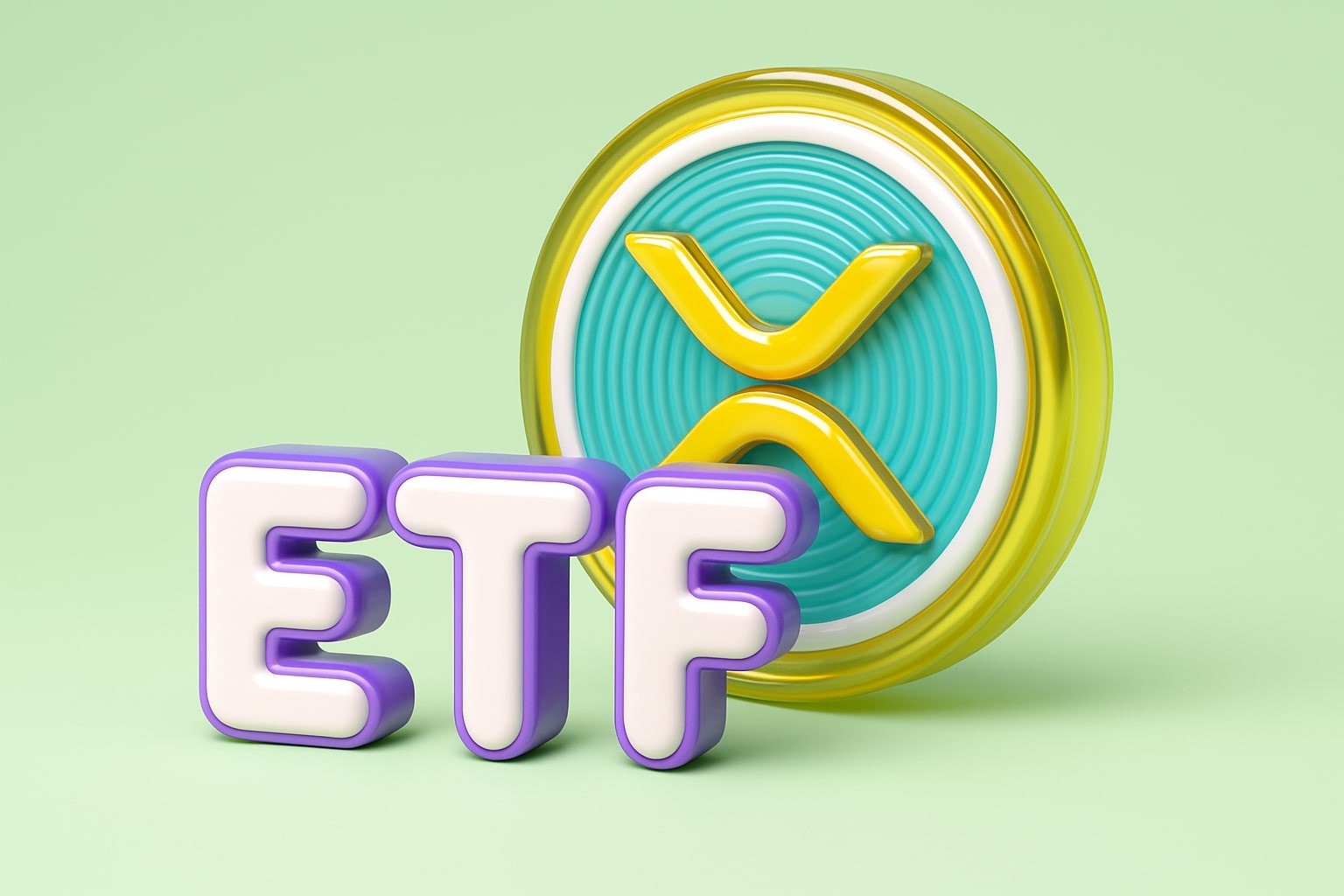
Oil at $65—Can Brent Surpass $70 as Saudi Cuts Clash with Russian Pressure?
With WTI at $61.89 and global flows tightening, is oil about to explode—or retrace? | That's TradingNEWS
WTI (CL=F) and Brent (BZ=F) React to Pricing Maneuvers from Saudi Arabia
Oil markets are navigating a complex pricing battlefield as Saudi Arabia flexes its influence through subtle but powerful adjustments to its official selling prices (OSP). After raising prices in June to a $1.40 premium over Oman/Dubai averages, the kingdom is now reportedly preparing a reversal—cutting Arab Light prices by $0.40 to $0.50 per barrel and slashing Arab Extra Light by up to $0.60. These tactical moves aren't random—they mirror OPEC+’s ongoing production adjustments, particularly the repeated 411,000 bpd hikes now being discussed for July. Saudi Arabia’s intent is clear: regain Asian market share while disciplining overproducers and applying downward pressure on WTI drillers who are flirting with breakeven territory.
OPEC+ Eyes Higher Quotas Amid Rising Output Ambitions
The cartel is also recalibrating its long-term structure. OPEC+ discussions are underway to recalculate baseline quotas by 2027, which could reshape production allowances for countries like the UAE, Iraq, and Kuwait. Notably, the UAE has already secured higher baselines for 2025 and 2026. While the July increase to 411,000 bpd would mark a third straight hike, the underlying shift is strategic: Saudi Arabia is willingly accepting near-term price pain to undercut U.S. shale momentum. Brent (BZ=F) recently touched $65.02 and WTI (CL=F) surged to $61.89—yet this may not hold if excess barrels hit the market too fast.
Russia Faces Budget Stress as Oil Prices Test Fiscal Limits
Russia, meanwhile, is caught in a fiscal tightening loop. With GDP growth slowing from 4.5% to 1.4% QoQ and inflation remaining sticky, the central bank is holding its key rate at 21%. Yet it’s low oil prices—specifically sub-$60 Brent and discounted Urals crude—that now threaten budget solvency. Finance Minister Anton Siluanov floated a revision to the $60 oil price budget rule, signaling desperation to preserve the National Wealth Fund, now drained to $40.4B from $112.7B pre-invasion. Russia’s oil-linked revenue structure is fraying fast, and every $5 move in Brent is now critical.
India’s Risky Embrace of Sanctioned Russian Crude
India is importing Russian oil at levels unseen since mid-2023—approaching 1.8 million bpd in May—despite the geopolitical minefield. While state refiners maintain compliance with the G7 price cap, tanker-tracking data from Kpler and Vortexa shows that U.S.-sanctioned ships are indirectly involved in ship-to-ship transfers. These murky supply chains are exposing India to diplomatic blowback, especially with ESPO and Far Eastern Russian grades in high demand. Refiners are taking calculated risks, emboldened by steep discounts, but this shadow trade may face pressure if G7 enforcement tightens.
U.S. Sanctions Venezuela and Restricts Supply Just as Demand Surges
In a parallel front, the U.S. revoked Chevron’s export permissions from Venezuela, further tightening an already fragile global supply chain. Add Canadian production shut-ins and wildfire risks, and the global crude equation becomes supply-starved heading into the peak summer driving season. This has added a bullish undertone to both WTI and Brent—even as OPEC+ prepares to increase output. Goldman Sachs warns that weak compliance or stronger demand data could skew prices to the upside.
Market Risks Mount as Global Trade Friction and Nuclear Talks Linger
Geopolitical tensions remain a constant variable. While Iran hints at allowing U.S. inspectors into nuclear sites if talks succeed, the uncertainty alone adds volatility. The EU’s proposal to drop Russia’s oil price cap to $45 faces resistance, especially from the U.S. Treasury. Yet if implemented, it could severely curtail Russian revenues and trigger retaliation. Meanwhile, G7’s ambiguous promise to “explore options” reflects fractured consensus—leaving traders with uncertainty instead of clarity.
Buy, Sell, or Hold? The Case for a Tactical Oil Play
With WTI (CL=F) trading near $61.89 and Brent (BZ=F) close to $65, the market is at a critical pivot. OPEC+ supply hikes are bearish in isolation, but offset by bullish pressure from U.S. sanctions, Indian import surges, and summer demand. Saudi Arabia’s pricing dance suggests they’re preparing for a longer-term squeeze, targeting U.S. shale and reaffirming dominance in Asia. Russia’s fiscal fragility and India's reliance on shadow flows only raise the risk premium.
Verdict: Buy. WTI and Brent remain undervalued under current macro supply-demand conditions. Short-term volatility is inevitable, but forward fundamentals—especially the G7's sanctions trajectory and OPEC+’s longer-term quota shifts—point to upside risk above $70 for Brent and $66 for WTI within two months.
That's TradingNEWS
Read More
-
BITQ ETF Soars 66.55% as Bitcoin Blasts Past $124,000 — Crypto Equities Lead 2025 Rally
13.10.2025 · TradingNEWS ArchiveStocks
-
XRP ETFs XRPR, XRPI Slip as Ripple XRP-USD Holds $2.62 — SEC Fast-Track Could Ignite $20B
13.10.2025 · TradingNEWS ArchiveCrypto
-
Natural Gas Price Forecast - NG=F Steadies at $3.00 as U.S. Export Boom Tests Old Fields
13.10.2025 · TradingNEWS ArchiveCommodities
-
USD/JPY Price Forecast - Dollar to Yen Climbs to ¥152.28 as Japan’s Political Shakeup
13.10.2025 · TradingNEWS ArchiveForex



















